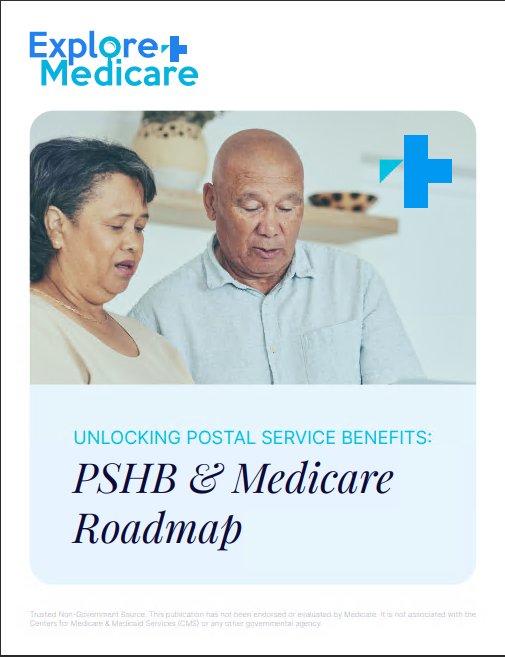Key Takeaways:
- You’ll explore four crucial insights that give you a closer look at Medicare prescription drug coverage.
- This step-by-step guide helps you evaluate, understand, and manage your coverage to meet your medication needs in 2025.
Embarking on a Detailed Exploration of Your Coverage
Hello! In this comprehensive guide, we take a closer look at Medicare prescription drug coverage to help you better manage your medication needs in 2025. With four crucial insights presented step-by-step, you’ll be equipped with the knowledge needed to evaluate and optimize your plan.
Evaluating Your Current Coverage
Taking Stock of Your Plan
The first step in optimizing your Medicare prescription drug coverage is to thoroughly evaluate your current plan. Start by reviewing the basics:
- Deductible: Identify the amount you’re required to pay before your coverage starts.
- Copayments/Coinsurance: Understand the cost-sharing arrangements that kick in once the deductible is met.
- Formulary: Examine the list of medications covered and note which tier each falls into.
Why a Detailed Review Is Essential
Performing a detailed review allows you to spot any discrepancies or areas for improvement. For example, if you find that certain medications are consistently placed in higher cost tiers, you might consider discussing alternative options with your healthcare provider. This evaluation sets the stage for making more informed decisions during enrollment periods and beyond.
Understanding Enrollment Windows and Their Benefits
Recognizing Key Enrollment Periods
Timeliness plays a crucial role in managing your Medicare coverage. The two primary enrollment periods include:
- Annual Enrollment Period (AEP): From October 15 to December 7, this period is your opportunity to make adjustments to your plan.
- Initial Enrollment Period (IEP): Spanning seven months around your 65th birthday, this window ensures that new enrollees have ample time to select the right plan.
Maximizing Enrollment Opportunities
By understanding these enrollment periods, you can plan ahead and take full advantage of the opportunities to change your plan if needed. This might involve comparing your current plan with others, especially if there have been updates in formulary or cost-sharing structures. In 2025, being proactive during these periods can save you money and provide more comprehensive coverage.
Analyzing Cost Structures for Savings
Breaking Down Your Expenses
Once your deductible is met, your plan’s cost-sharing model kicks in. This model generally includes:
- Fixed Copayments: A set fee for each prescription.
- Coinsurance: A percentage of the medication cost that you’re responsible for.
Understanding these financial obligations is key to managing your monthly budget. Analyze your past spending on medications and determine whether your current plan offers the most cost-effective approach.
Identifying Savings Opportunities
Look for ways to reduce your expenses. This might mean considering generic alternatives that fall into lower formulary tiers or exploring different plan options during the AEP. In 2025, even small adjustments in your cost-sharing model can lead to significant savings over the course of the year.
Staying Proactive with Updates and Changes
Embracing a Dynamic Coverage Environment
Medicare prescription drug plans are not static—they evolve throughout the year. Updates may include changes to deductibles, alterations in copayment structures, or adjustments in the formulary list. Staying proactive means you are always in the loop.
Best Practices for Keeping Informed
To ensure that you don’t miss any important updates:
- Read Annual Notices: Your plan provider sends these out regularly.
- Visit the Medicare Website: This is a reliable source for the latest information.
- Engage with Community Resources: Whether it’s newsletters or informational webinars, these resources can keep you updated on the latest changes.
By making it a habit to review your plan details regularly, you can quickly adapt to any changes that might affect your medication costs or coverage.
Drawing It All Together
Your Roadmap for Effective Coverage Management
When you evaluate your current plan, understand key enrollment windows, analyze cost structures, and stay updated on plan changes, you create a powerful roadmap for managing your Medicare prescription drug coverage. Each of these insights plays a crucial role in ensuring that you not only get the medications you need but also do so in a cost-effective manner.
The Bigger Picture for 2025
In 2025, the landscape of healthcare is ever-changing. Your proactive approach today can prevent unexpected challenges tomorrow. Taking the time to analyze and adjust your plan means that you’re investing in a future where your healthcare needs are met with minimal financial stress.
Reflecting on Your Medicare Coverage Strategy
By following these four crucial insights, you’re setting yourself up for a successful journey in managing your Medicare prescription drug coverage. A thorough evaluation of your plan, combined with a keen eye on enrollment dates and cost structures, ensures that you’re always in control of your healthcare expenses.
Remember, being informed is the key to making smart decisions about your coverage. Whether you’re looking for immediate savings or long-term stability, this guide is your first step toward a more secure healthcare future.
Get in touch with a licensed agent listed on this website, as these agents are available to help you navigate your options and tailor your coverage to best meet your needs.






